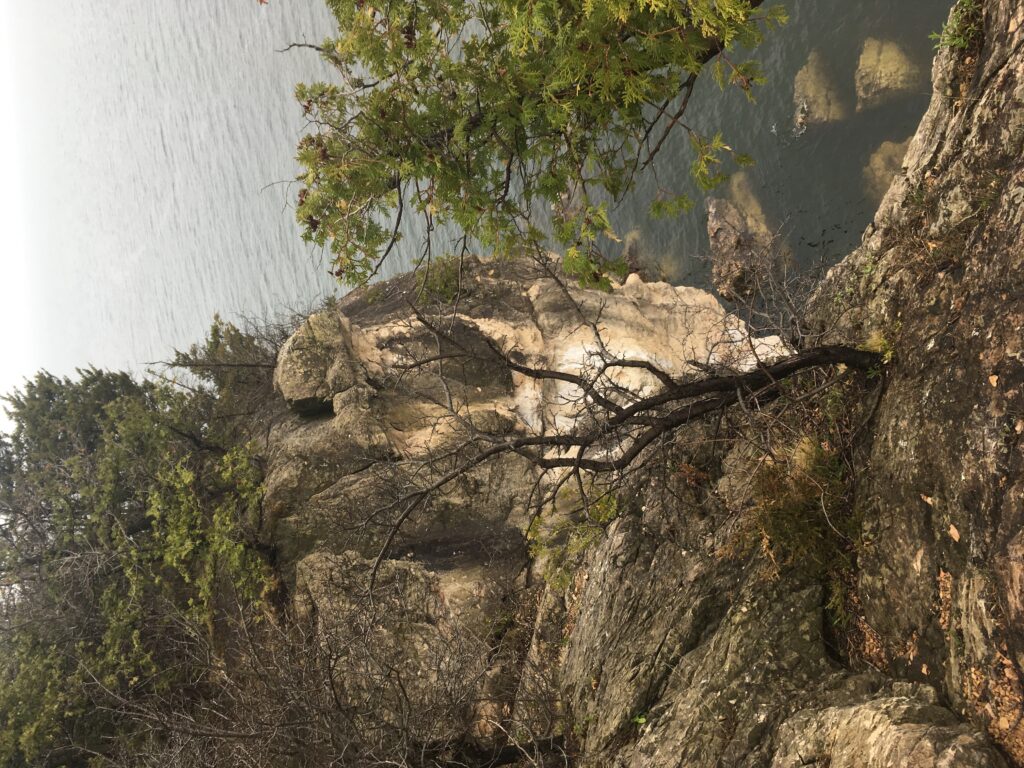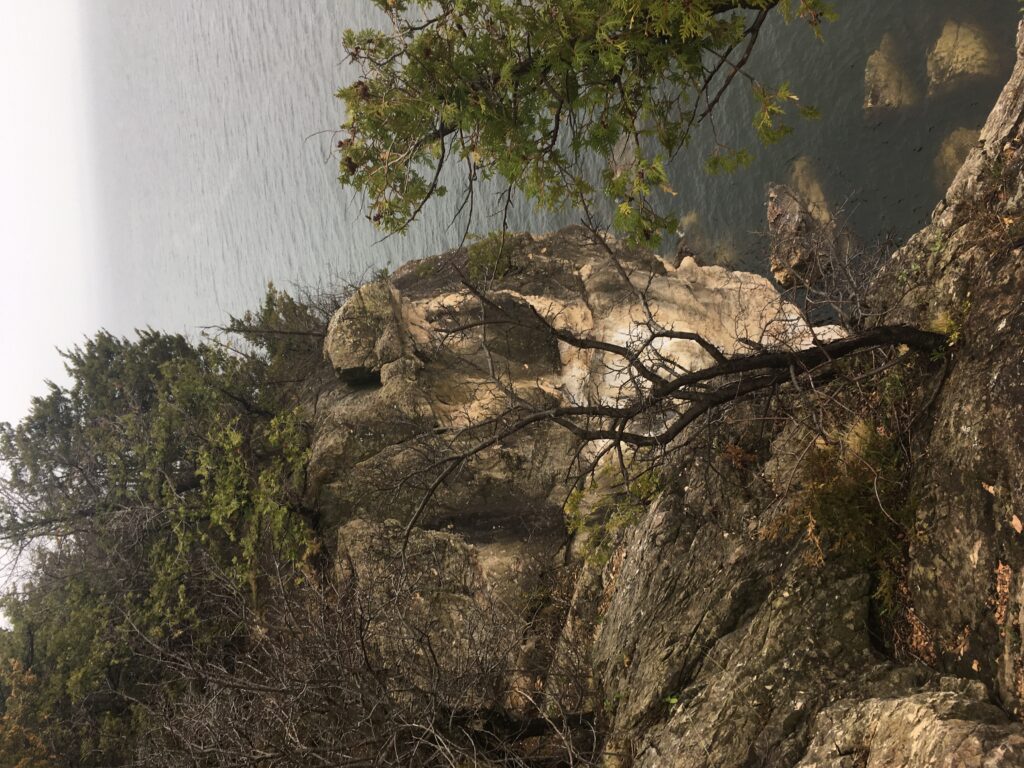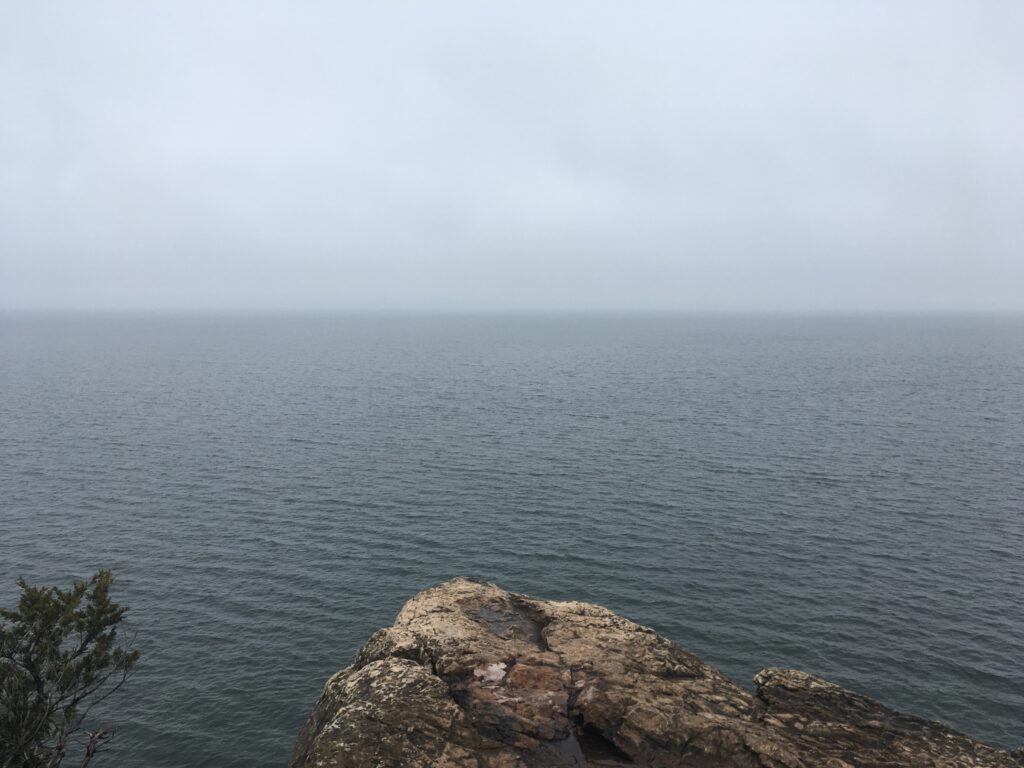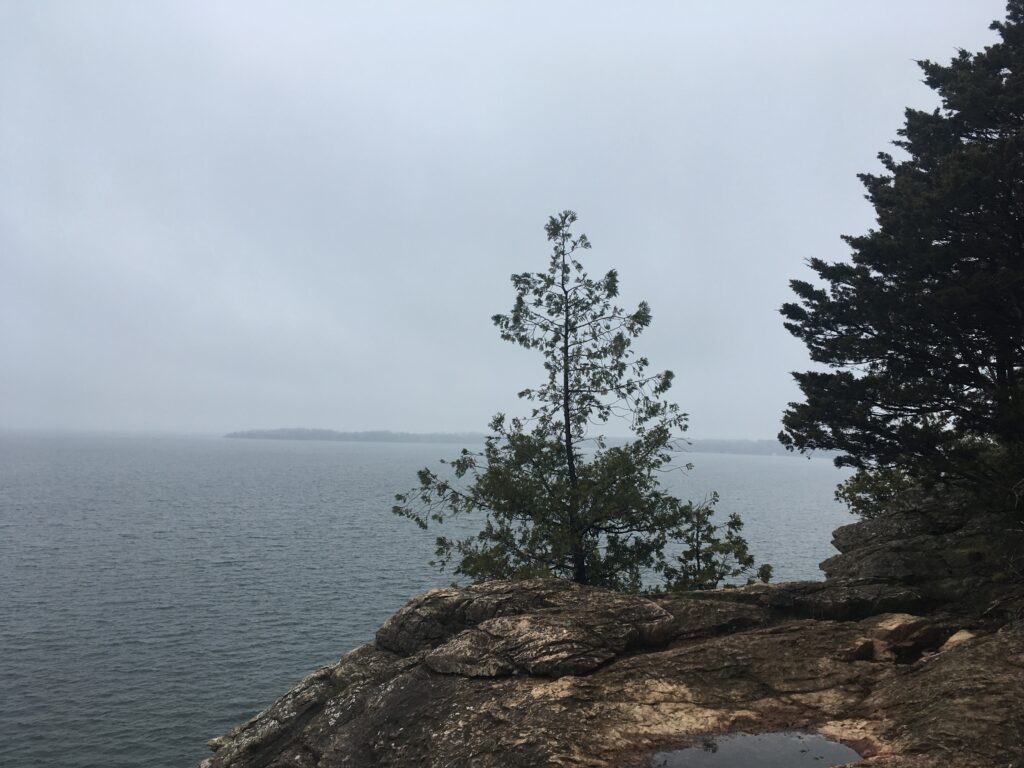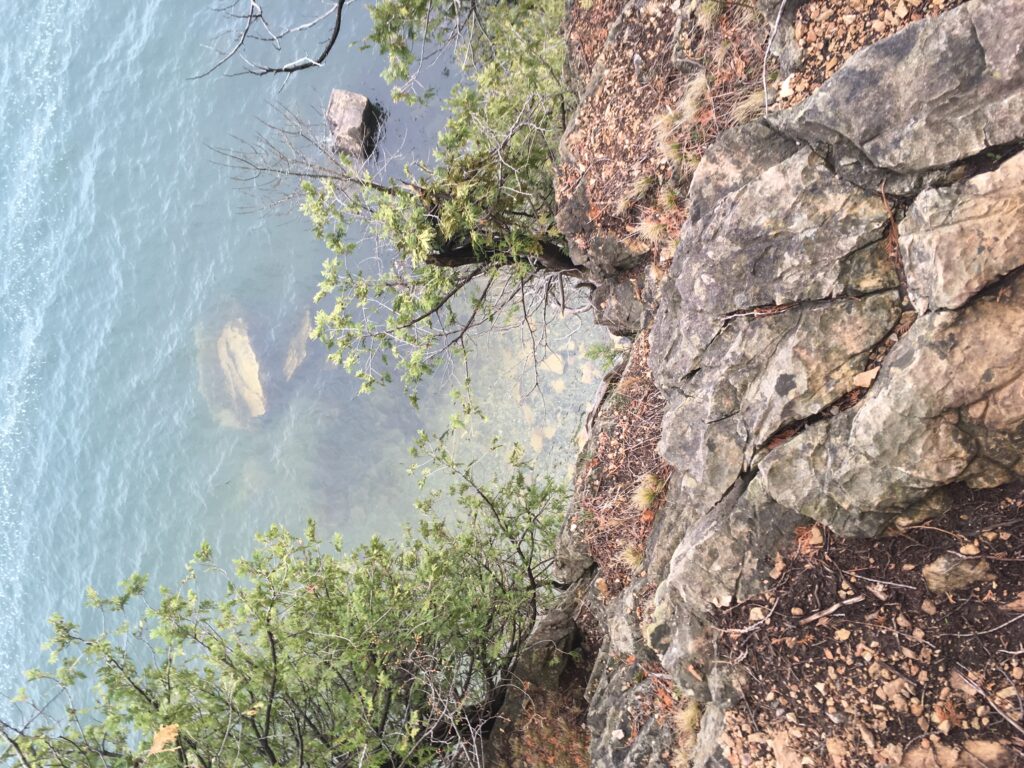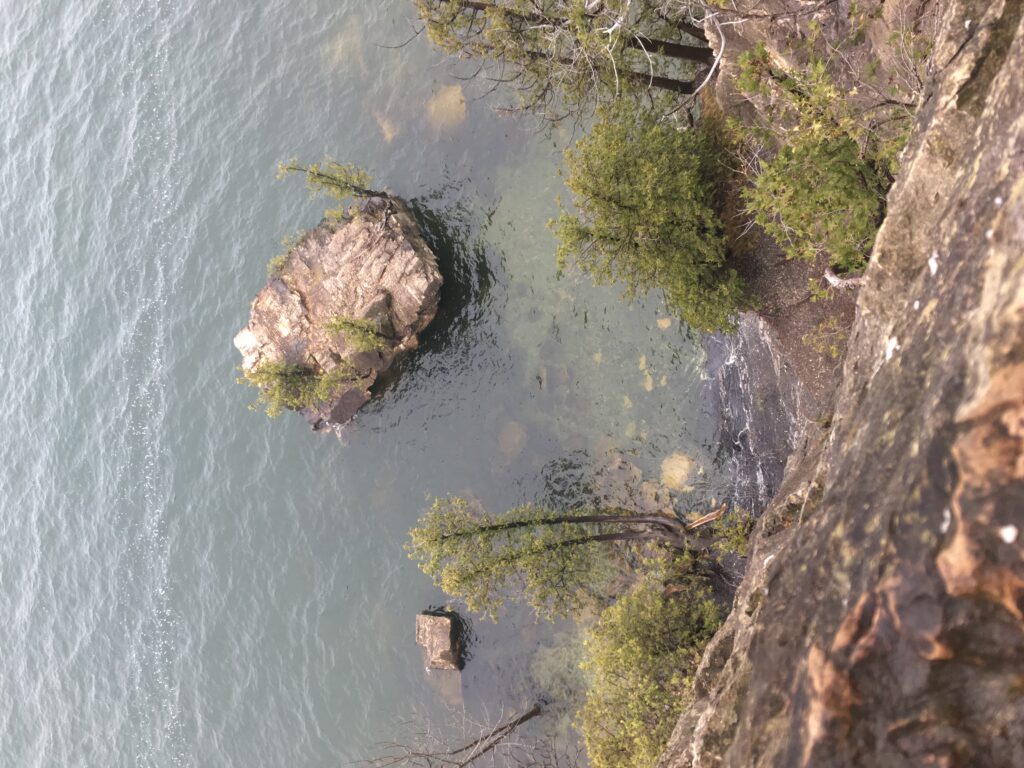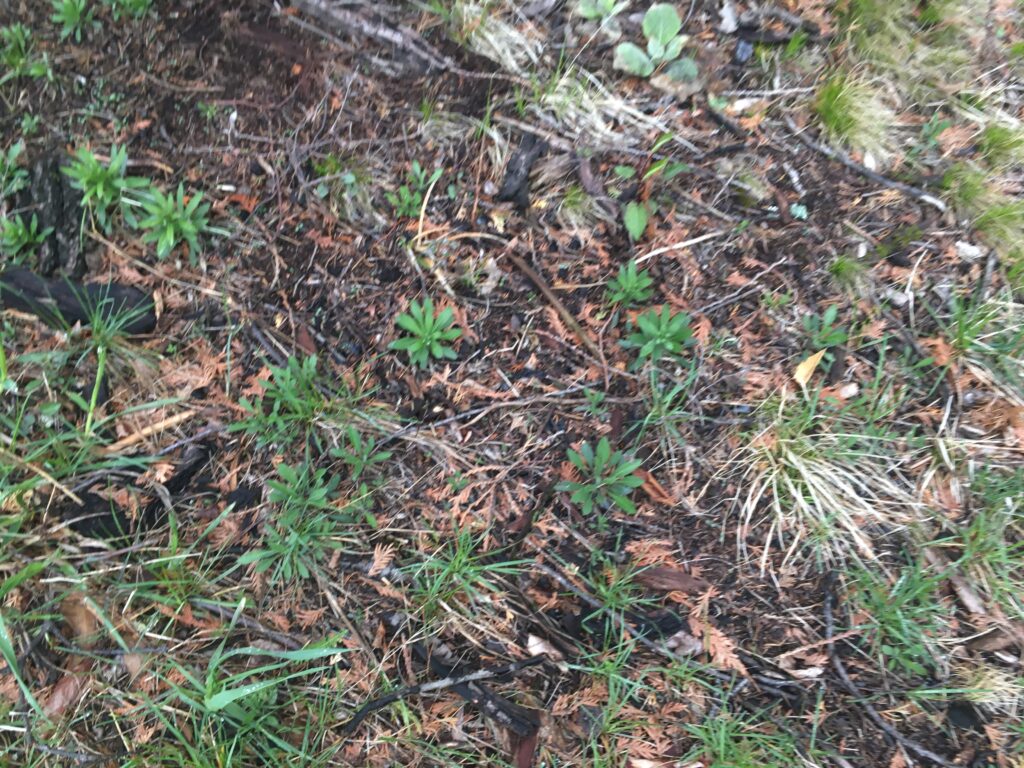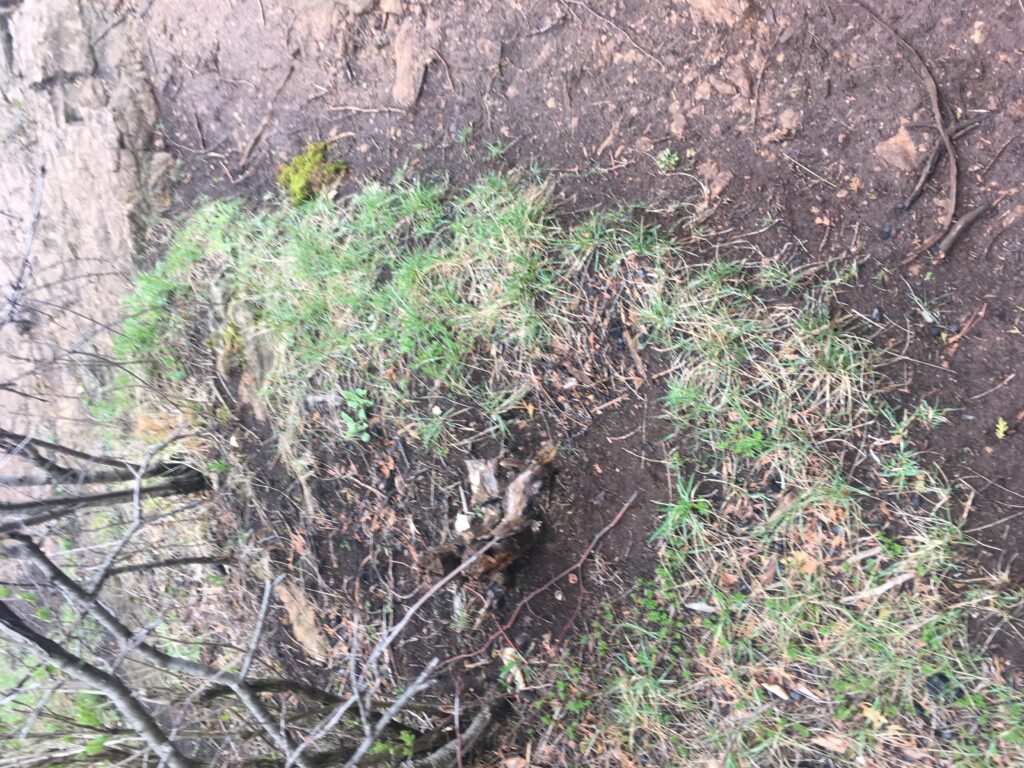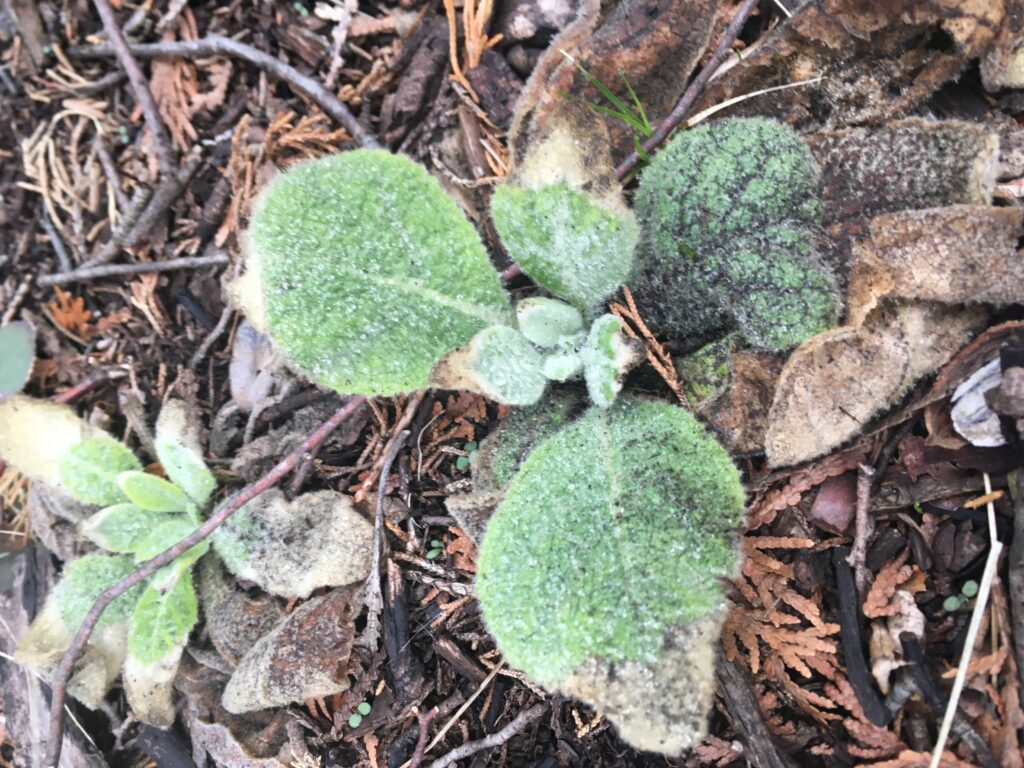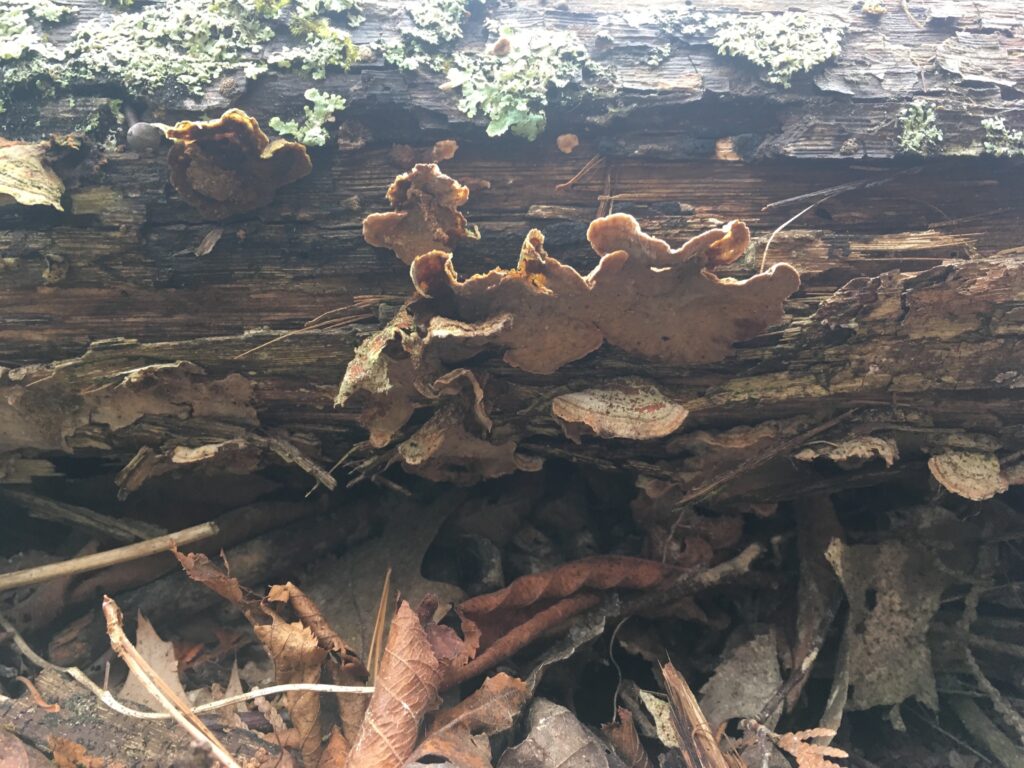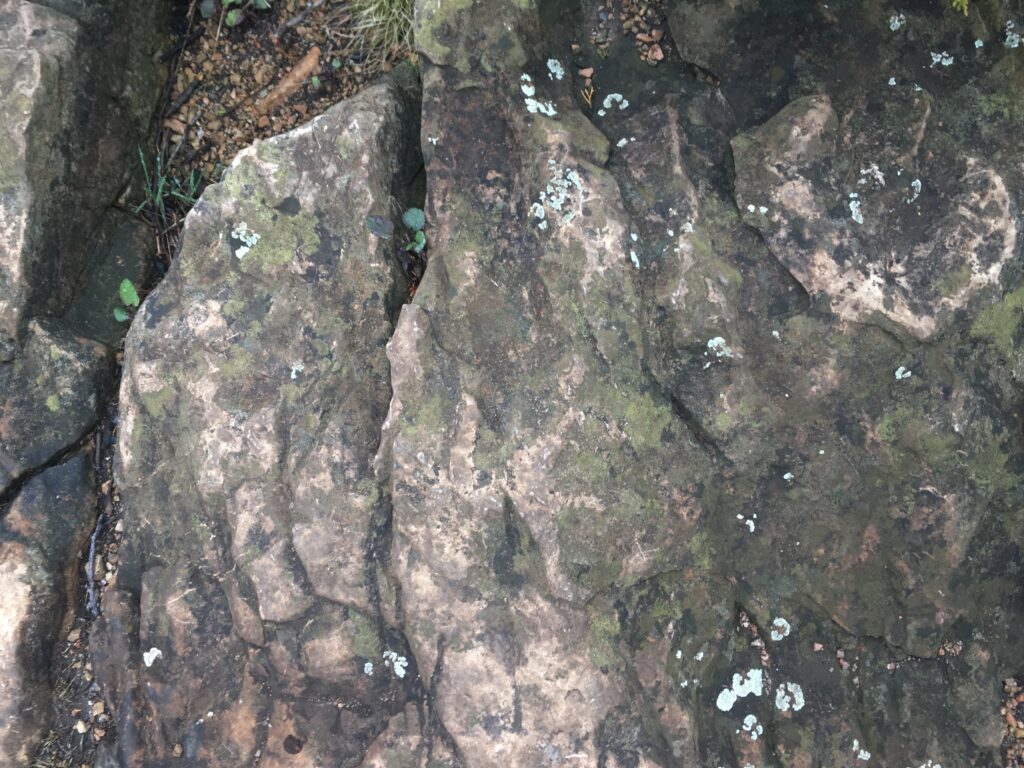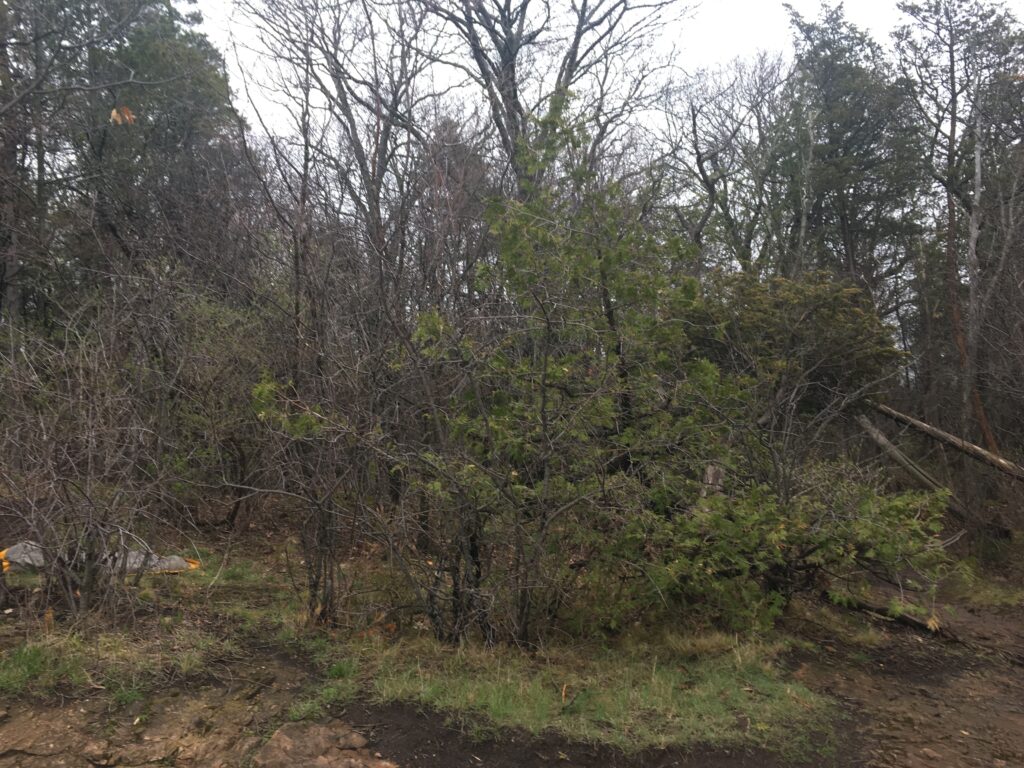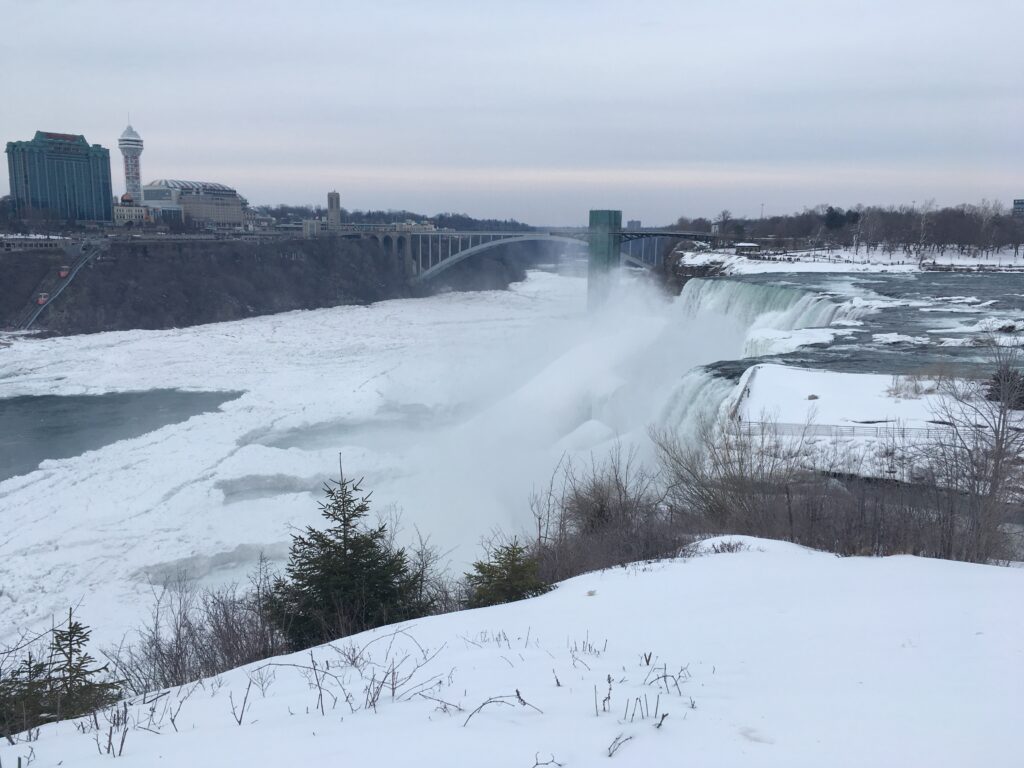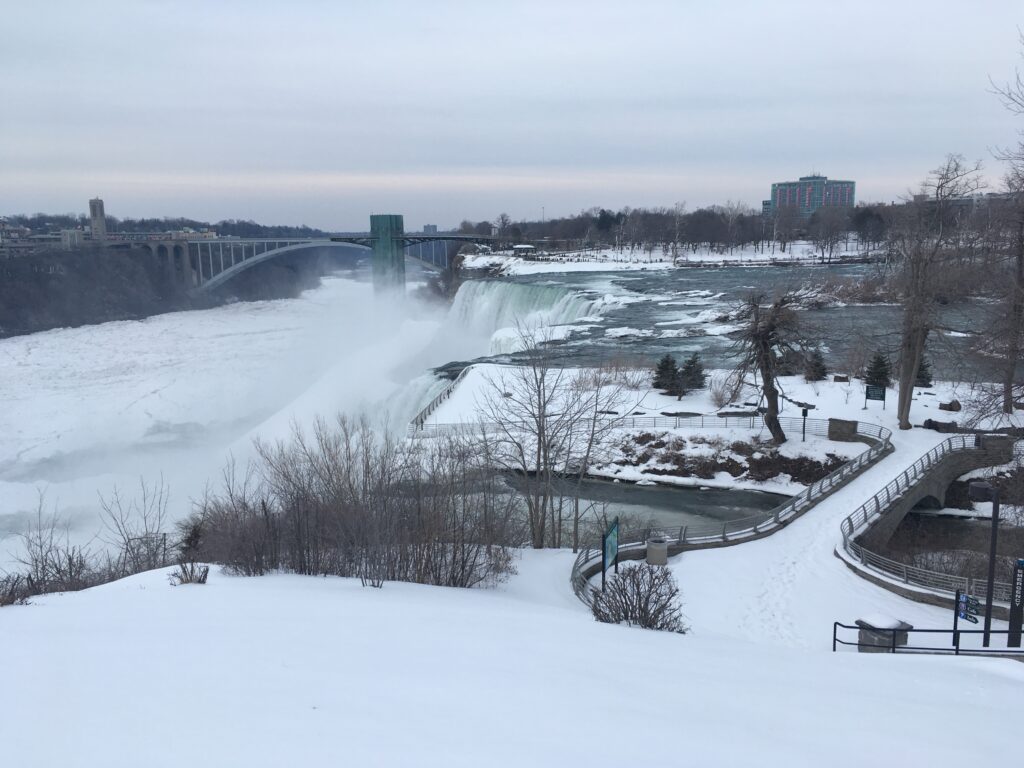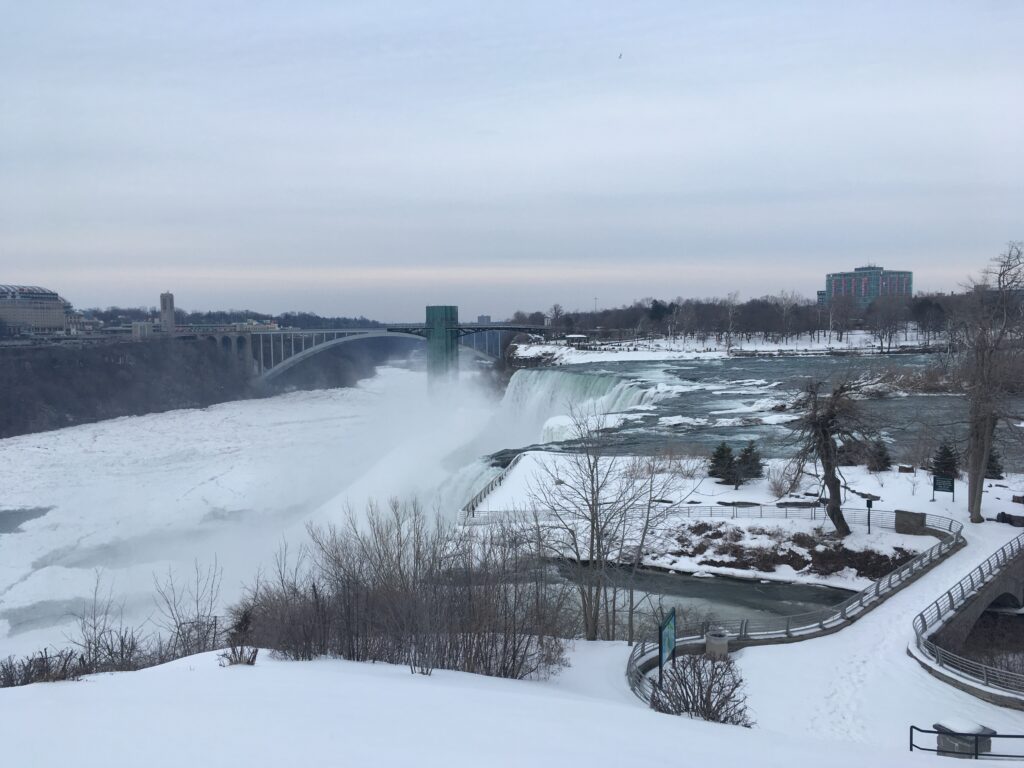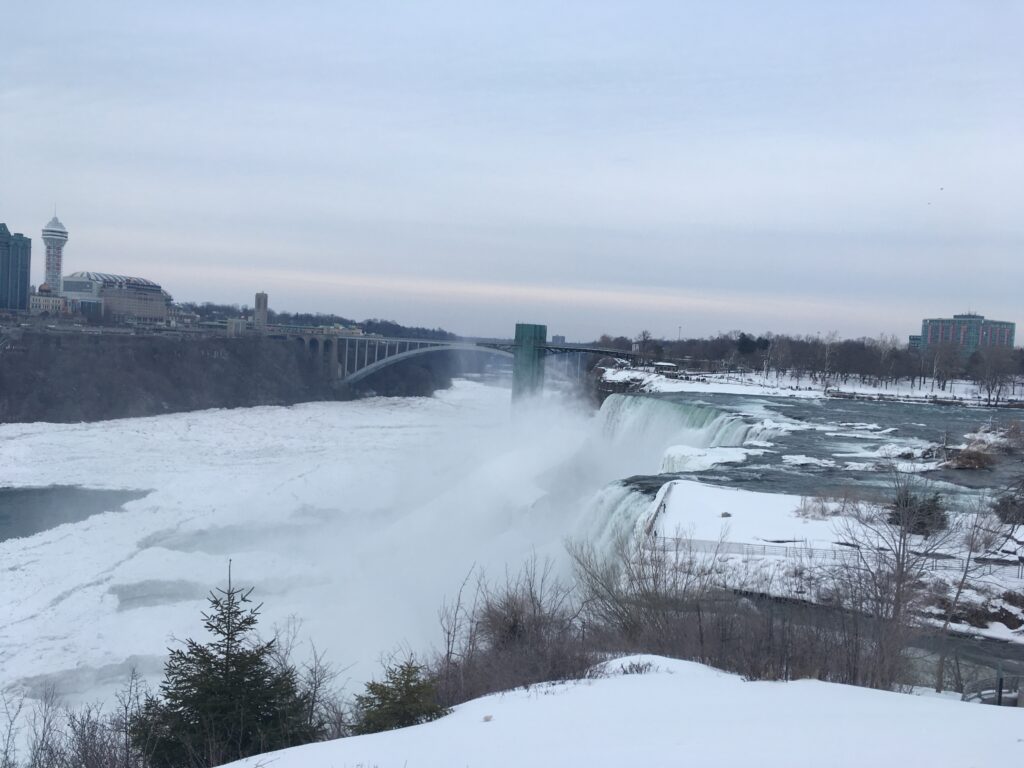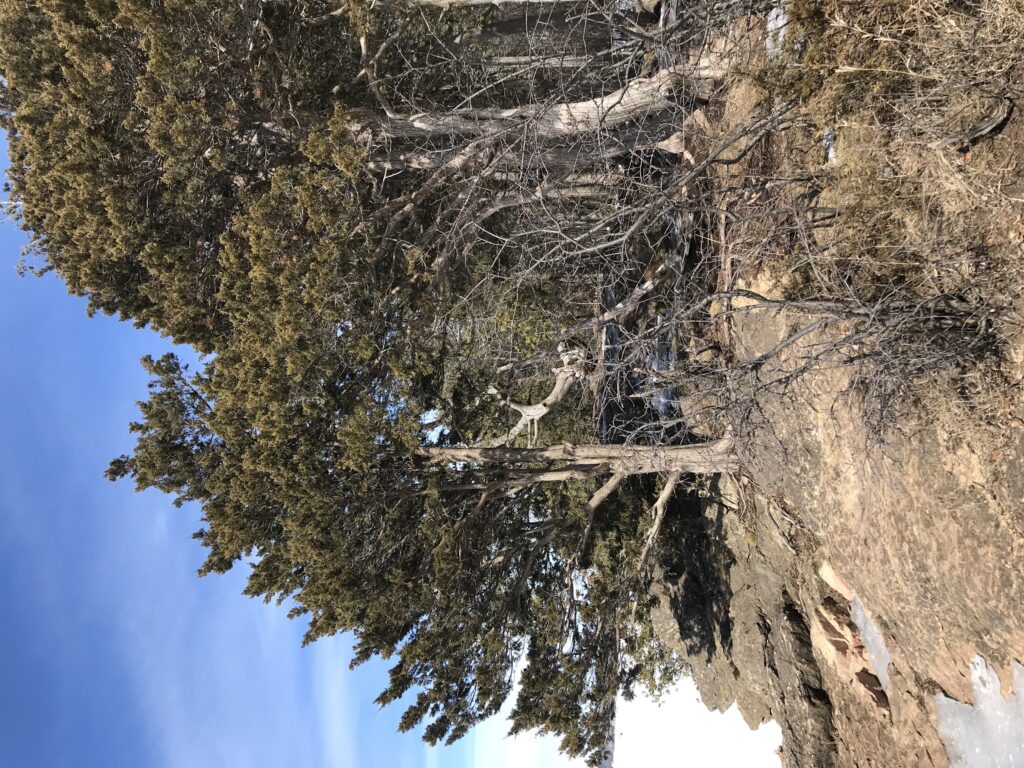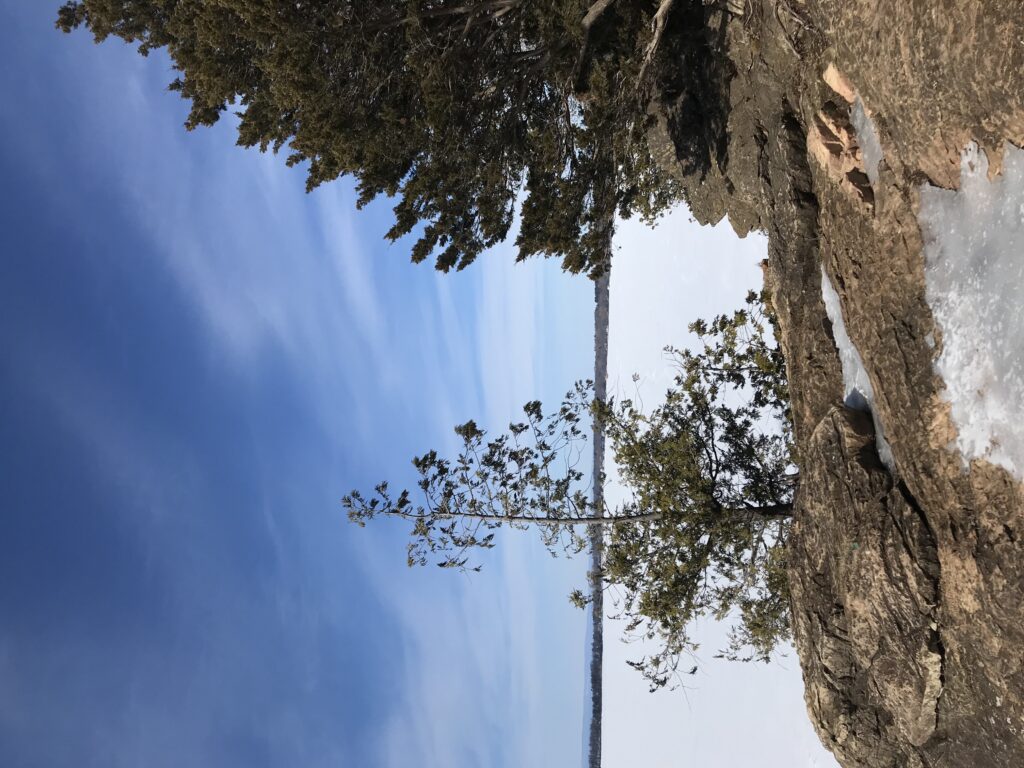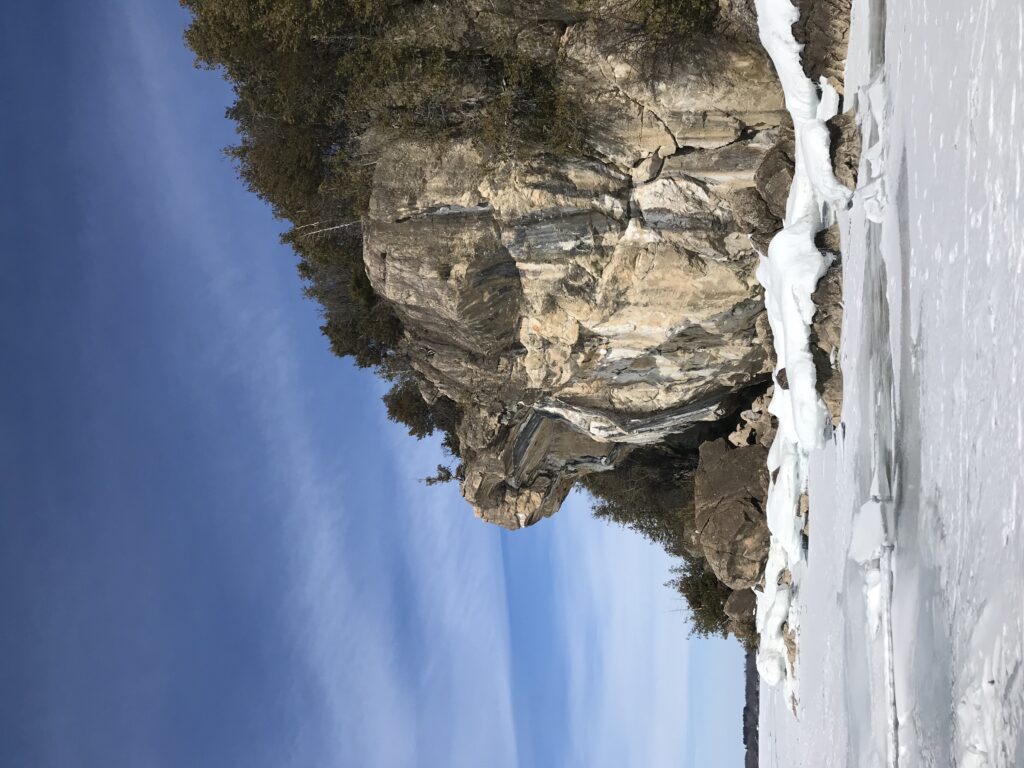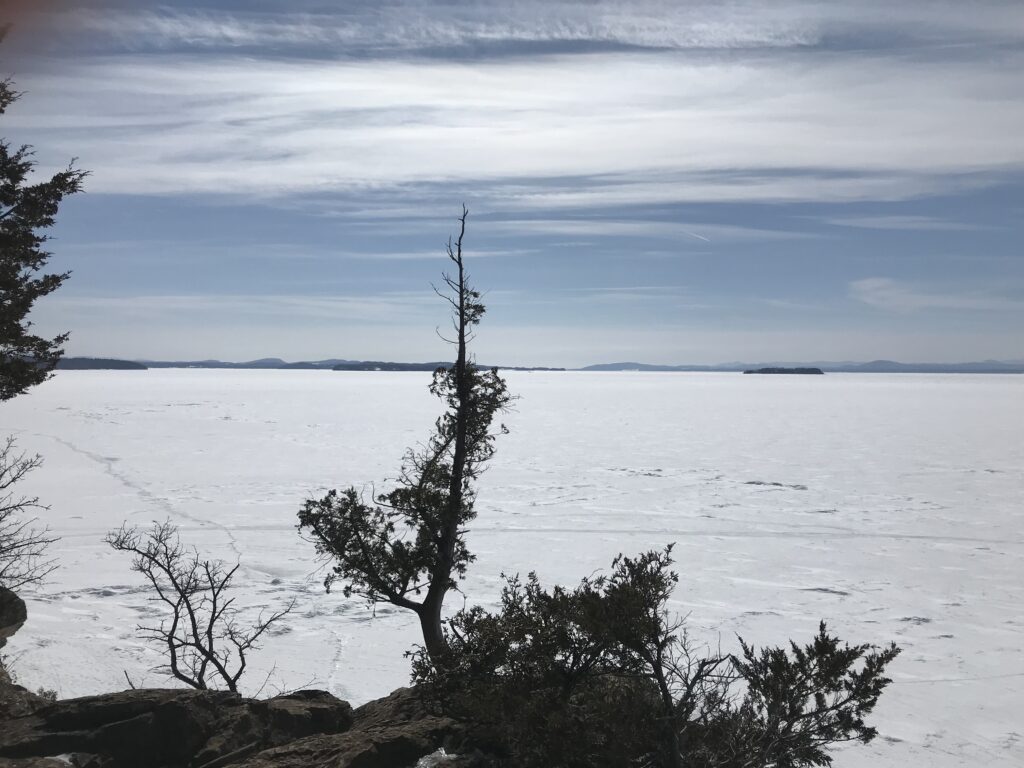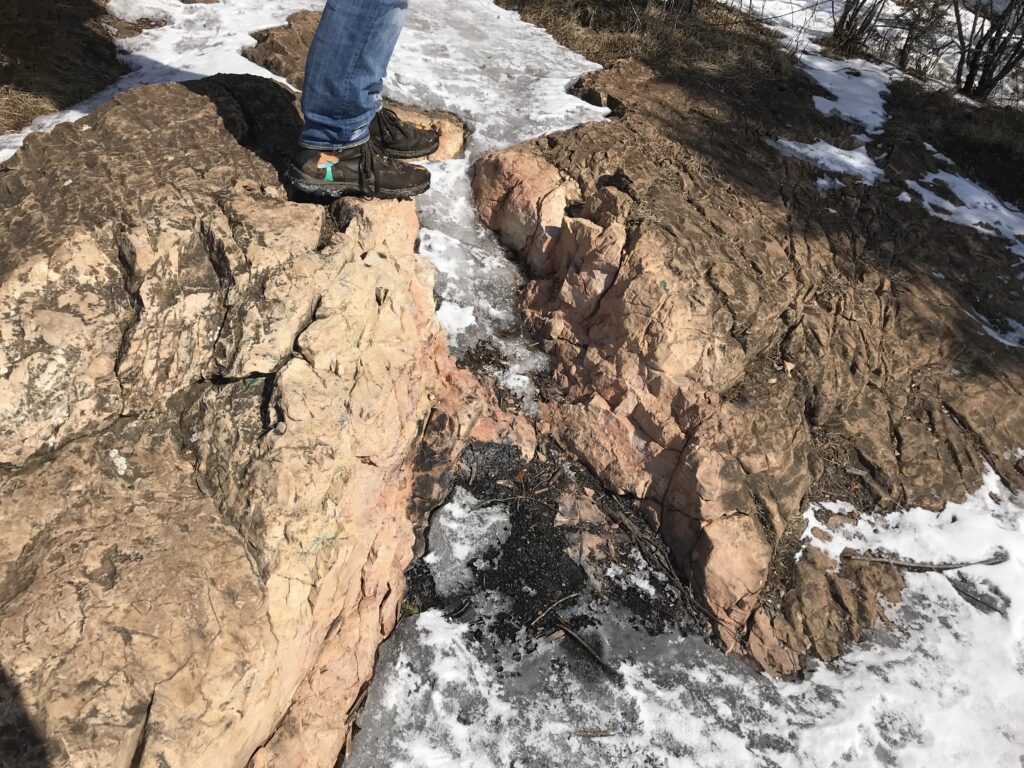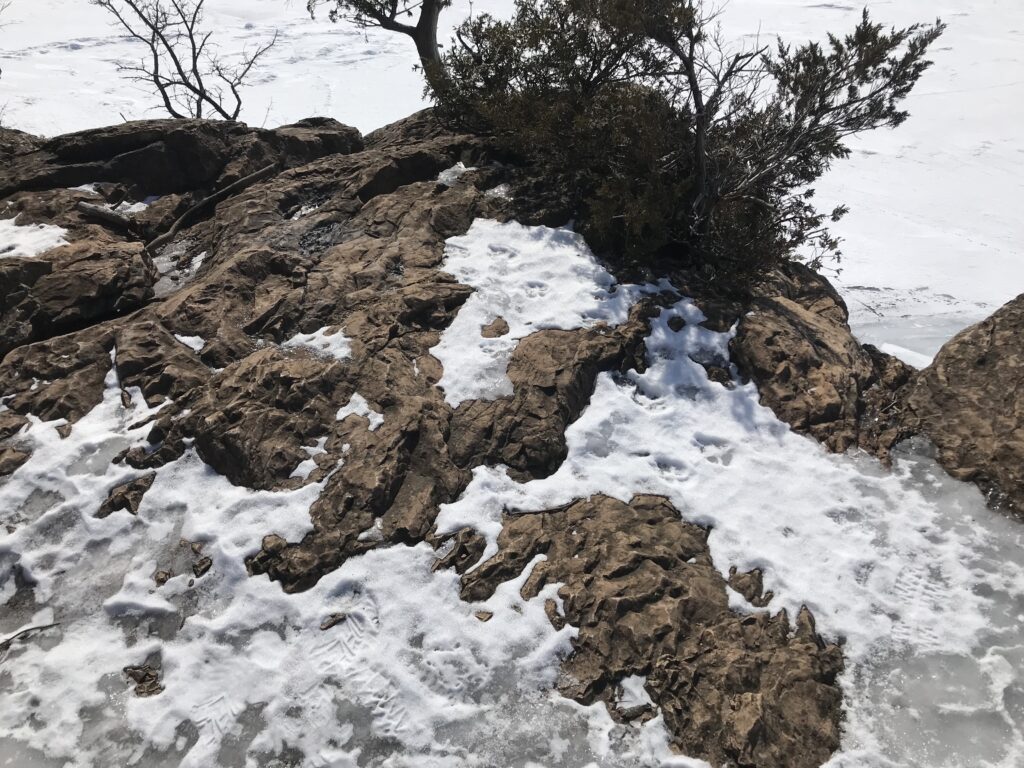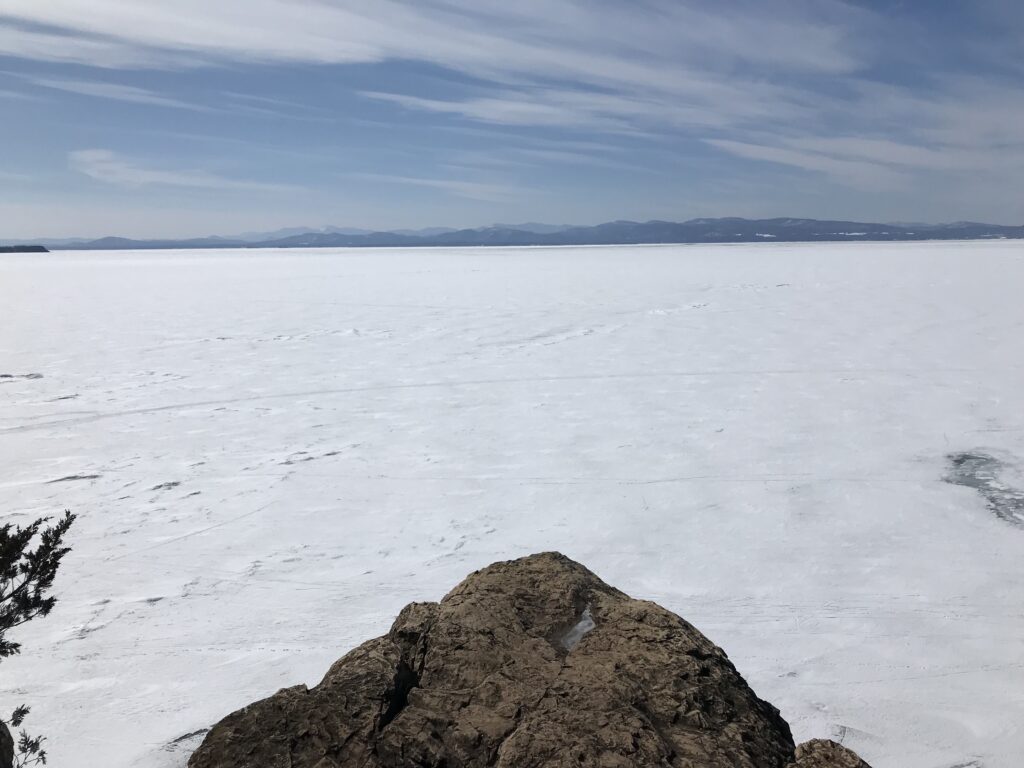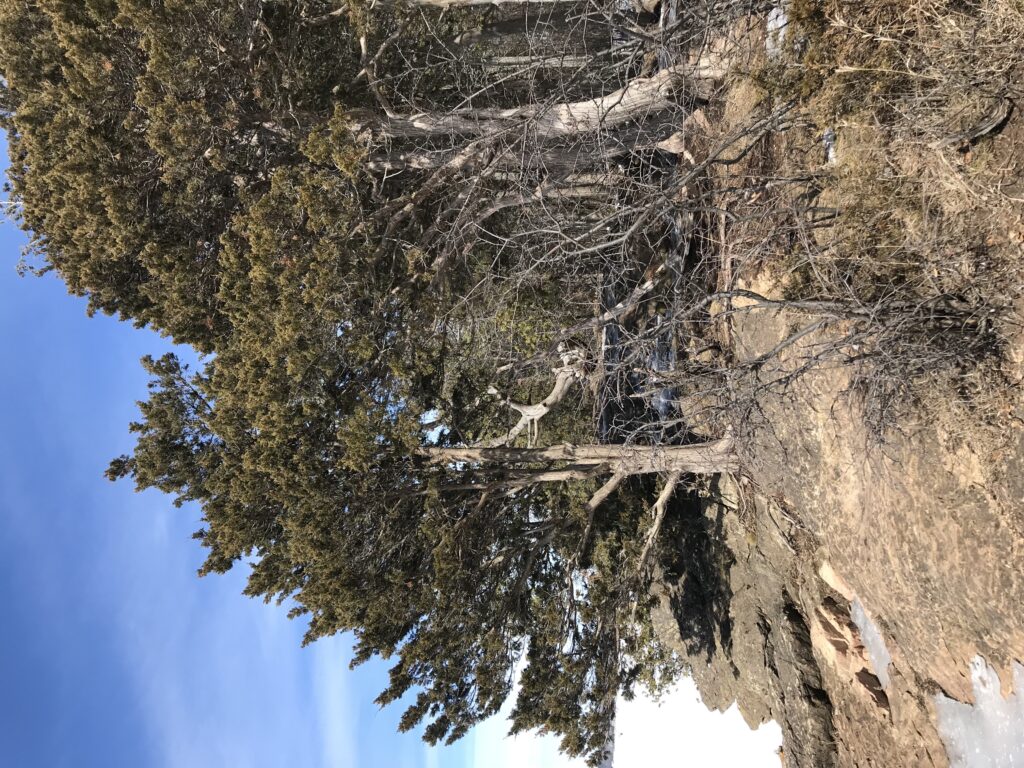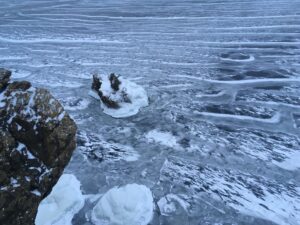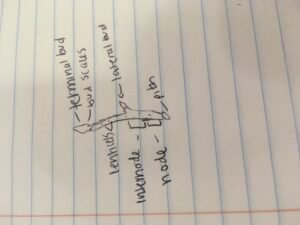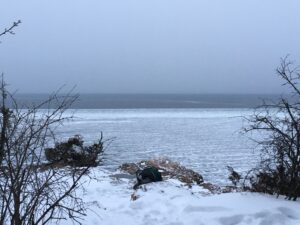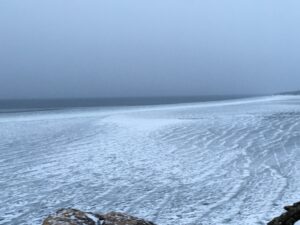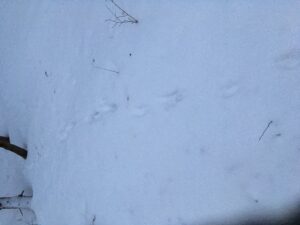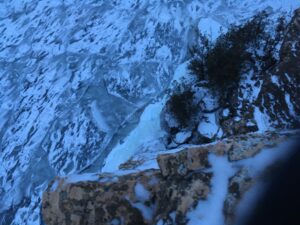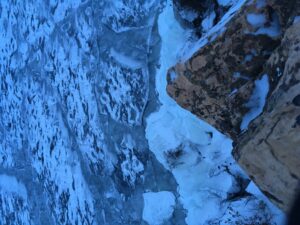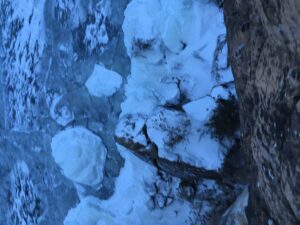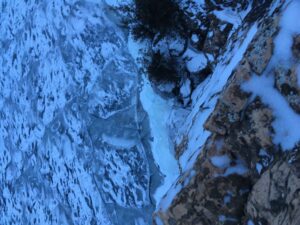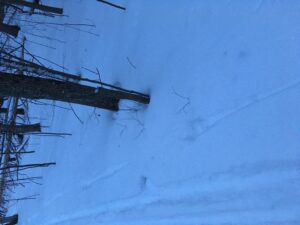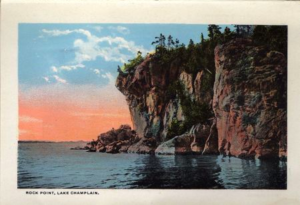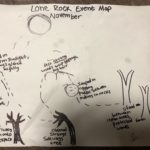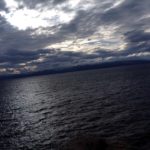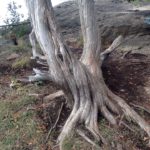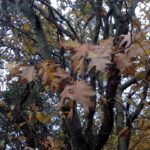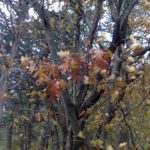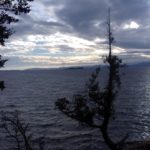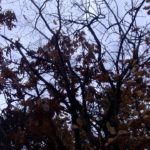Visiting this site for the last time made me unexpectedly sad. I didn’t realize how much I would miss this place. Having spent time at lone rock so often this year, I felt it has been a place I can really connect with nature and feel comfortable and happy. It wasn’t too different from the time I visited in April- it was a slightly warmer day. I noticed the rocks were a much darker shade and assume that was due to all the water and rain. All of the trees are at least budding and some (mentioned in April’s blog) are beginning to bloom.
Nature and culture intertwine at my place in many ways. Lone rock has a rich history beginning with its formation from faults and then its usage by native American peoples, to its takeover by white men. The land was urbanized for the people who long ago, built their homes at lone rock, and today it is closer to its natural state, but a site that hikers come to and enjoy. Rock climbers, swimmers, cliff jumpers, hikers, and all people come to Lone Rock to enjoy its beauty and view. At the same time, lone rock has a really special and dynamic ecosystem, where many species live there which are not found in other areas of Burlington. There are beautiful cedar patches and rock formations that people come to to enjoy and animals use as habitat. in these ways, nature and culture have met at Lone Rock for years and years.
I am a part of my place. I am a human, a species of animal, and I belong to the earth. Everywhere I go, I make an impact on the natural and manmade systems, and this causes me to be a part of them. at lone rock, I may step on plants by accident, which impacts them, and that may be the part I played in that ecosystem. However, I’d like to think I play a greater role by talking about all the beauty and enjoyment I experience at Lone Rock and sharing that with others, on this blog and in real life. I hope to share my love of that piece of earth for others to appreciate and try to protect with me. I also hope that by identifying species in the area that I am respecting and acknowledging their presence, which is important in conserving them.

